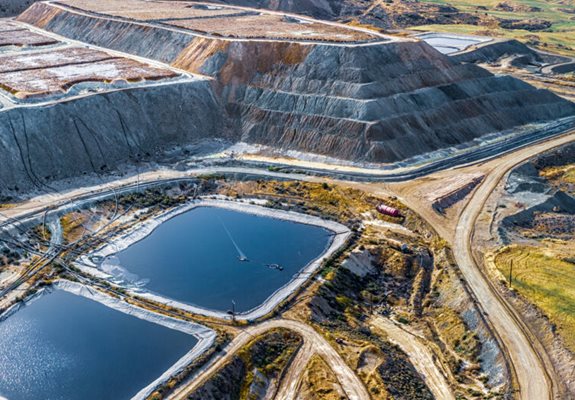
As the mining industry continues to grow, so does the issue of tailings management. Tailings are the waste materials left over after the extraction of desired minerals from ore. Traditionally, these tailings have been disposed of in large impoundments, which can pose environmental risks such as water contamination and slope instability. However, innovative solutions are emerging that aim to turn these tailings into treasure through sustainable resource recovery.
One such solution is the use of advanced technologies to extract valuable minerals from tailings that were previously considered waste. For example, sensor-based ore sorting technologies can help separate valuable minerals from gangue early in the processing, reducing the amount of material that ends up as tailings. This not only reduces the environmental impact of mining operations but also allows for the recovery of additional resources that were previously overlooked.
Another innovative approach to tailings management is the use of bioleaching, a process that uses microorganisms to extract metals from ore. This environmentally friendly method can be applied to tailings to recover metals such as copper, gold, and silver. By harnessing the power of nature, bioleaching offers a sustainable way to recover resources from tailings while minimizing the need for traditional chemical extraction methods.
In addition to extracting valuable minerals, turning tailings into treasure can also involve repurposing the waste materials for other uses. For example, some companies are exploring the use of tailings in construction materials such as concrete, bricks, and tiles. By incorporating tailings into these products, mining companies can reduce the amount of waste sent to landfills while also creating new revenue streams from the sale of these sustainable building materials.
Furthermore, the concept of turning tailings into treasure extends beyond just recovering resources – it also involves reclamation and remediation efforts to restore the land impacted by mining activities. For example, some companies are using innovative reclamation techniques such as phytoremediation, which uses plants to clean up contaminated soil and water. By leveraging nature's own processes, mining companies can rehabilitate land affected by tailings and create new habitats for local wildlife.
Collaboration between industry, government, and communities is essential to successfully implement innovative solutions for sustainable resource recovery from tailings. By working together, stakeholders can develop and implement strategies that balance economic interests with environmental and social concerns. This collaborative approach can help ensure that mining operations are conducted responsibly and that the benefits of turning tailings into treasure are shared among all stakeholders.
As the demand for metals and minerals continues to rise, the need for sustainable resource recovery solutions is becoming increasingly urgent. By turning tailings into treasure through innovative technologies and practices, the mining industry can not only reduce its environmental footprint but also create new opportunities for revenue and growth. With continued research and investment in sustainable resource recovery, the mining industry can pave the way for a more environmentally friendly and socially responsible future.
In conclusion, turning tailings into treasure is a promising approach to sustainable resource recovery in the mining industry. Through the use of advanced technologies, bioleaching, repurposing, and reclamation efforts, mining companies can extract value from what was once considered waste while minimizing environmental impact. By embracing innovative solutions and working together with stakeholders, the mining industry can unlock the potential of tailings and contribute to a more sustainable future for resource extraction.